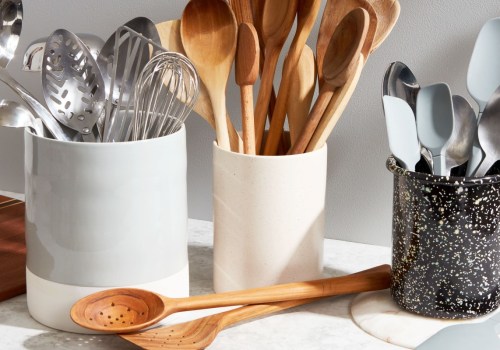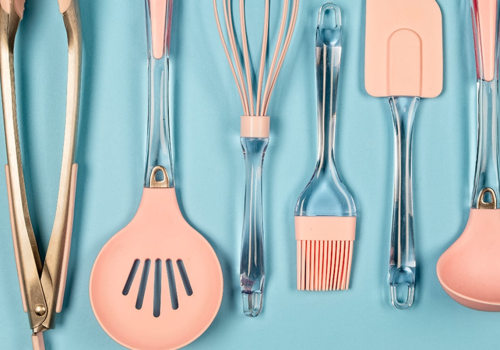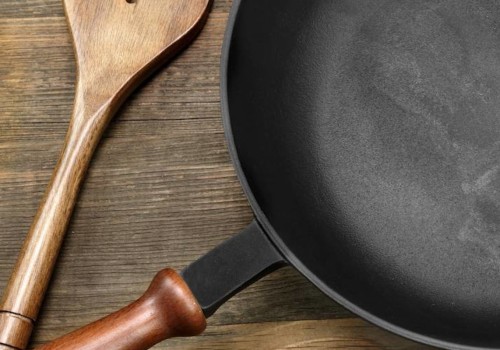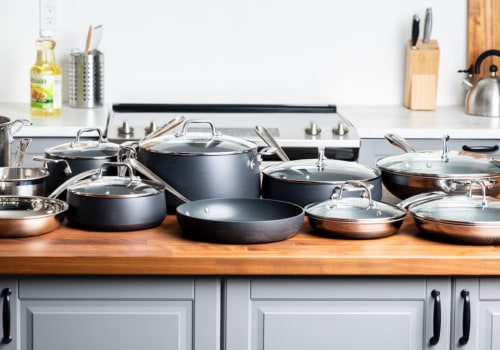Do you want to be a better cook? Make sure you have these 10 essential kitchen utensils to help you in food processing. Buy a set (or two) of matching mixing bowls; they will store easily and save space. In addition, different sizes of bowls can achieve many different culinary uses, such as mixing, whipping, separating, combining and storing. The colorful bowls will also brighten up your kitchen.
Measuring cups and spoons are especially important for baking, when precise quantities of ingredients are required, but these handy tools can be used in every recipe. As an added benefit, a large measuring cup can even work as a ladle. The mandolin is a tool that has been used in every professional kitchen and is an important addition to your toolbox. It usually has a couple of knife options and can cut vegetables as thin as paper.
You can also cut vegetables into julienne strips and, with the turn of the mechanism, cut French fries. For the home cook, there are cheaper plastic varieties. They usually have different blade options as well. If you like fish, you definitely need the fish spatula. It resembles a car grill and tapers from edge to base.
It is a thin and flexible stainless steel spatula with a slight curve at the end and is perfect for carefully getting under a fish fillet while frying, so as not to damage the fish. This lightweight tool is versatile and can be used for many foods when rotated in a frying pan. A food processor is a kitchen appliance that can be used to chop, slice, grind, grind and puree different types of food. While there are many different types of food processors, there are four main types you should consider for your restaurant. Because the products produced by the food and food processing industries are intended for consumption, the equipment employed to execute the necessary processes and operations of the unit is designed taking into account hygiene and sanitation standards and regulations established by a variety of government agencies and private organizations. Food processing equipment is generally designed and built with a particular unit function or operation in mind.
In addition, it describes some of the key terms used in the food and food processing industries and provides a list of related societies and professional organizations that can provide additional information and resources. The type of oven you'll need will largely depend on the type of restaurant and the food you're serving. You want to equip your waiters, hosts and kitchen staff with the tools they need to get the job done day in and day out. As stated above, food processing equipment must be built with hygienic design in mind. For example, industrial professionals must select not only the right materials for food use, but also design and build equipment in a way that minimizes the risk of contamination and degradation of food quality and optimizes cleaning and disinfection methods. Beyond the aforementioned equipment, there are other types of auxiliary equipment that may not directly contribute to the various stages of food processing, but that remain critical to the food and processing industries and their operations. For example, among material handling equipment, pumps are more suitable for conveying liquid food material, while conveyors are more suitable for conveying solid food material. In a conveyor oven, food passes through a conveyor belt where it is heated or cooked at a certain rate and heat.
To cook meats to perfection and ensure that the chicken is still juicy, a thermometer is an essential tool that ensures that your food is safe to eat. Due to the different types of food used during the cooking process, it is necessary to have a variety of storage containers. Select your mixer based on the volume of food you plan to prepare and how often you are going to use it. As described above, a wide range of food processing equipment is available, not all of which are used in every facility, as specific industry subsections favor the use of certain types of equipment over others for their particular processes and unit operations.



